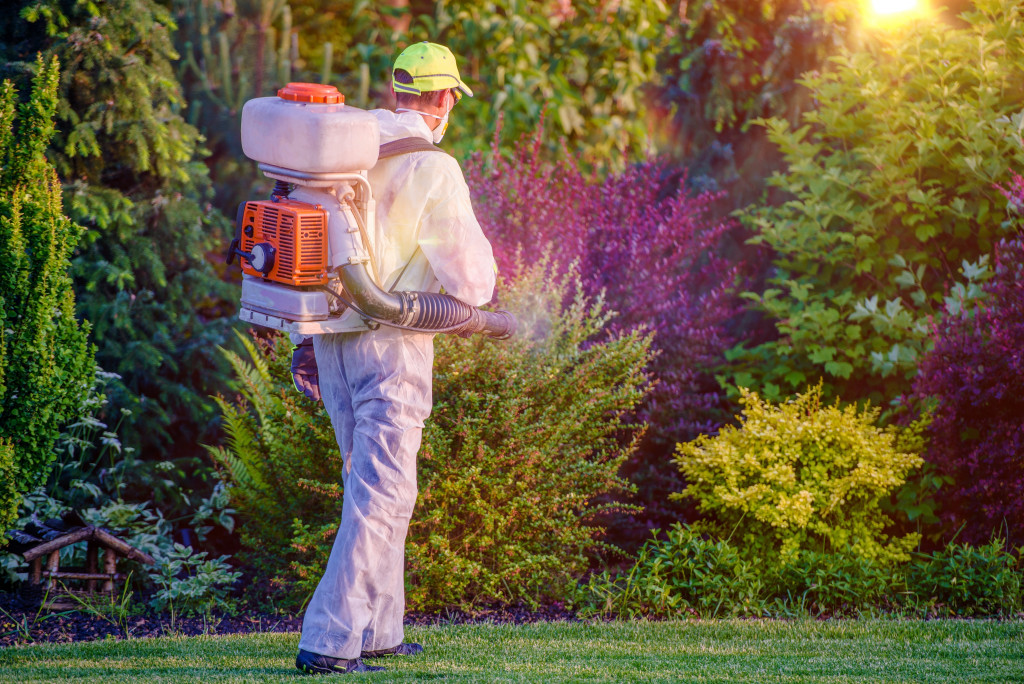Pests are only one of the numerous annoyances that may interrupt your company. They may seem to be innocuous, but they may cause a slew of problems, ranging from pollution to increased expenses. No one is entirely immune to infection, no matter how clean your building is. However, with the appropriate information, you can adequately avoid, detect, and eradicate pests.
Pest control is no exception to the modern industry’s continuous search for new methods to provide efficient service in compliance with existing developments. Significant improvements in pest eradication and control have recently occurred. According to research, the worldwide pest control industry would grow by more than 5.5 percent through 2021.
Many reasons are propelling the sector to greater levels. Some of the often stated causes include increasing pest tolerances in suburban regions, the soaring attraction of green technology, increased public awareness about cleanliness and health issues, and the rise of urban projects in the real estate market. Here are some of the industry trends to watch this year.
Technology is Stepping Up and Transforming the Industry
The technological revolution has led to the creation of pest management solutions such as smart technology, Robotics, and various other sophisticated technologies. Infrared cameras, for example, may detect pest or animal infestations even though there are minor apparent indications of infestation. Devices that detect factors such as noise, motion, or the presence of a specific chemical component that may signal the existence of a pest are examples of high-tech monitoring. Pest detection is becoming quicker, simpler, and more precise as a result of technological advancements.
To be as efficient and successful as possible, pest control businesses must be aware of technology advancements impacting the sector and ready to adopt them and adjust their company. It’s easy to get into the habit of doing things the same way they’ve always been done, but now more than ever, the old methods aren’t sustainable.
Businesses ensure that they utilize paperless documents, automated and intelligent marketing, customer portals, automatic billing and communication, GPS, cutting-edge scheduling tools, and other technologies and tools that will enhance the corporate brand while saving them time and money. Technology is quickly altering the business, and those who refuse to adapt will fall behind.

The emergence of Integrated Pest Management
IPM (Integrated Pest Management) is a kind of pest management that includes placing the pest in a larger context. Integrated Pest Management (IPM) is a cost-effective and ecologically friendly pest control method that employs a variety of common-sense techniques. IPM programs make use of up-to-date, extensive understanding of pest development cycles and relationships with the environment. It is frequently feasible to develop an alternative pest management strategy with minimum adverse effects while also addressing the problem by considering the insect’s life cycle and its surroundings.
Rising Demand of Alternative Pest Control
Concerns about the safety of conventional pesticides and other pest treatments have led customers and pest controllers to look for safer alternatives. For example, there are available mechanical or physical techniques used by pest control equipment to capture, kill, repel, or mitigate a pest. They do not use pesticides. Pest control gadgets include adhesive boards, noisemakers, flashy foils that scare birds, and insect zappers.
The use of ecologically friendly pest management techniques is becoming more popular. Replacing pesticides with circumstances that enhance the variety of environmental insect feeders may be an effective method of reducing pest populations on crops. Ultrasonic rodent repellants are another form of non-chemical repellent performing a function formerly performed by toxic anti-coagulant techniques.
Natural and organic lures that mimic bugs’ regular food may also be an effective natural pest control alternative to conventional pesticides. The baits have been proven to be efficient in eliminating ants and roaches because they attract the pests that enter your area. You can also try an effective eco-friendly mosquito trap.
Prevention Being the Cure
By far, the most effective method to safeguard your building is to include preventive measures into your daily routine. When it comes to pest control, this is both a crucial step and a successful approach. Routine cleaning is essential, but there is specific particular that may help prevent animals or insects. Reducing the danger of insect infestation is increasingly included in the design of new houses and businesses.
Termite screens, for instance, are standard throughout much new housing. Composite materials, for example, are more resistant to pests or rat infestation. Furthermore, better techniques for decreasing moisture make modern home settings much less appealing to bugs.
Innovative, high-tech pest management technologies are reshaping the pest control industry’s future. There are now more options for getting rid of an infestation than simply using chemicals. Businesses and customers alike are learning to adapt to technology and mechanical and biological pest control options.

